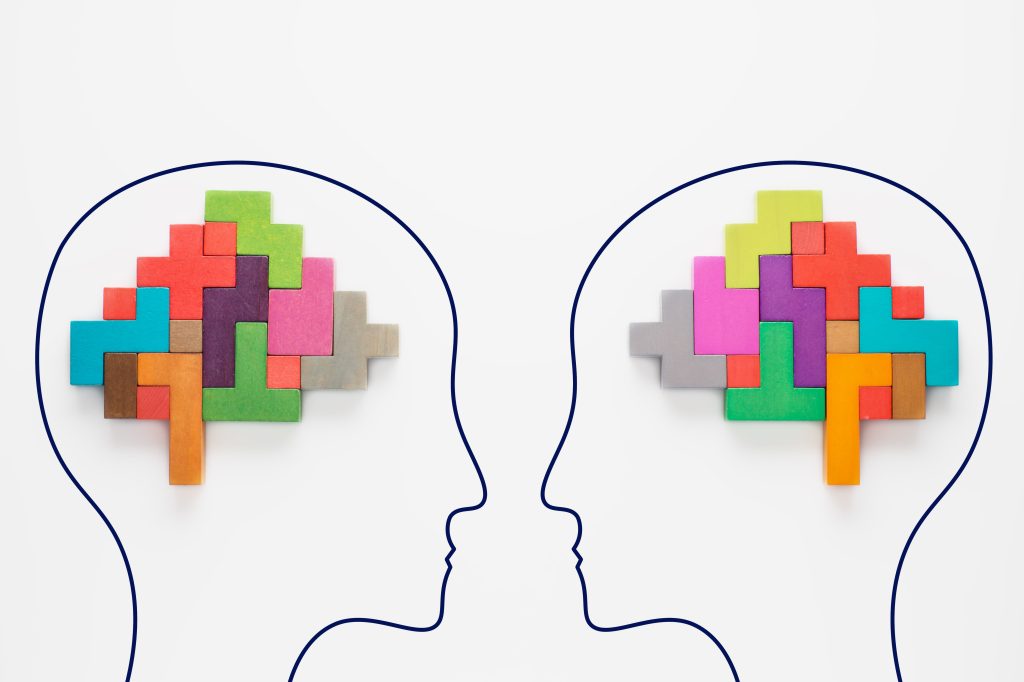If you’re like most people, hearing that 62% of employees in bars and restaurants neglect handwashing might make you cringe. Shockingly, around sixty thousand individuals end up in hospitals each year due to preventable foodborne illnesses caused by poor hand hygiene.
I wish I could offer you a more comforting statistic, but it doesn’t improve. Research shows that hand hygiene compliance in restaurants is as low as 38%. The rate isn’t much better in medical centers (38.7%), and merely 5% of us wash our hands for at least fifteen seconds after using public restrooms. To alter the behavior of restaurant staff and healthcare practitioners, we need a unique kind of innovation that tackles changes in social behavior—a kind of innovation that’s inherently social.
Innovation is typically associated with technological advancements, like smartphones, self-driving cars, robots, or artificial intelligence. But Harvard Professor Teresa Amabile defines creativity as “novelty that works,” and innovation, in my view, is about putting that novelty into practice. The challenge arises when people create apps full of creativity but struggle with user adoption. Building an app involves creative novelty, but getting people to use it requires social innovation—the effective implementation of novelty.
Focusing solely on the technical aspects of innovation can lead us to believe that AI and automation are the future. People often frame AI’s impact on work in two ways: either robots will replace our jobs, or only those who build and control AI will have jobs.
However, one undeniable fact is that automation will initially target procedural, repetitive, and task-oriented jobs. Jobs that can’t be automated involve using technology to apply human judgment, like encouraging healthcare workers to wash their hands. For instance, in a hospital with a dismal handwashing compliance rate of 10%, researchers increased it to 90% by using technology and focusing on social aspects of innovation.
They installed cameras in the ICU that recorded only the gel dispensers and sinks. Motion detectors signaled a team in India when staff entered or left. However, the cameras alone didn’t change behavior. Real-time data analysis and reports sent to shift managers did. A digital display board in the hallway showed handwashing percentages. Compliance skyrocketed from 10% to 90%.
Technical innovation is becoming more affordable and accessible, but the social aspect of innovation often goes overlooked. Most people underestimate the power of social innovation. Uber faced the challenge of changing the cultural norm that taxis must be yellow when they introduced black cars. Similarly, Airbnb had to convince users that staying in strangers’ homes was safe. Both companies had to address significant social hurdles.
When we think of innovation, we often overlook the most critical factor: the end user. We focus too much on technology and not enough on why and how users will adopt the app or product. Few developers can articulate how their product solves a problem for customers.
The future of innovation is likely to be social for several reasons. Access to software is becoming easier, cheaper, and faster. We’re moving toward natural language programming, and AI will likely become a part of most jobs. However, what will matter most is how companies improve their customers’ lives.
Innovation that’s social matters for your business because it can transform customer experiences. Companies like Four Seasons excel in customer service without relying heavily on technology. They prioritize building a culture, valuing their people, and ensuring even low-paying employees feel appreciated. Such social innovations create lasting impressions.
The next time you encounter technological innovation, consider social innovations that solve problems beyond computer capabilities. While AI may assist, it’s human judgment and reasoning coupled with technology that will drive social innovations. There’s ample uncharted territory in the realm of social innovations, and those who embrace these challenges will shape the future.
In my upcoming book, “Strategy to Action: Run Your Business Without It Running You,” I delve into an innovative and deceptively simple tool designed to elevate your abilities as a business professional and as an individual within the business world. Be sure to stay tuned for the book release and consider pre-ordering it to unlock the full potential of these transformative concepts.
For more valuable insights and related resources, don’t forget to explore our website’s resource center.
